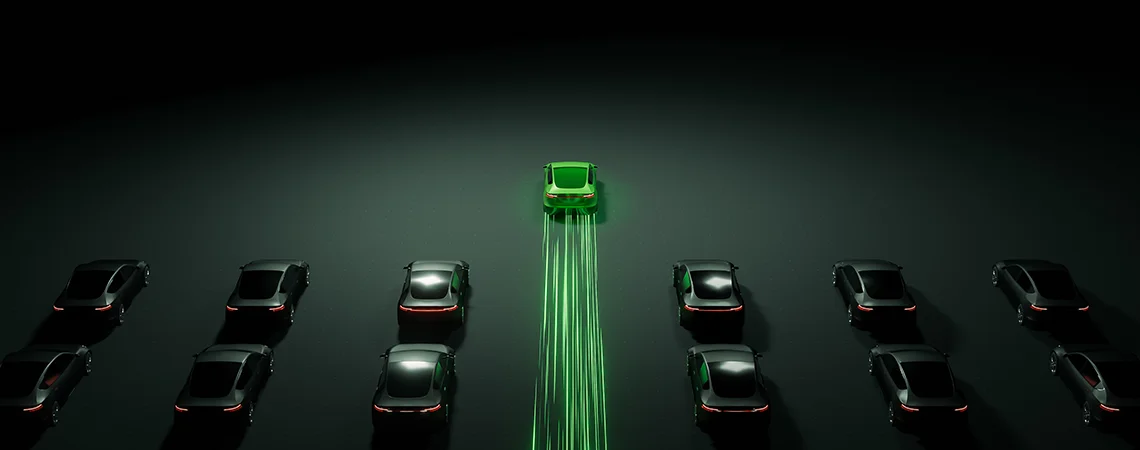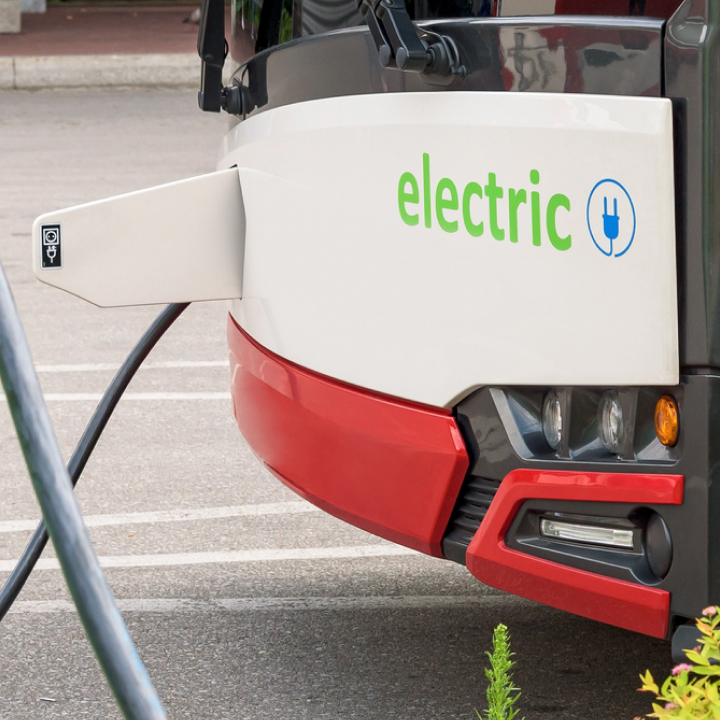The first sparks: inventions and challenges
The technological progress we’ve achieved today is the result of numerous experiments carried out by many figures from the past.
One such figure is the Hungarian chemist Ányos Jedlik, who invented the first prototype of an electric vehicle in 1828 — a small, rudimentary cart, yet undeniably pioneering. The Scottish inventor Robert Anderson is credited with the creation of the electric carriage, built between 1832 and 1839, which operated on batteries that, at the time, were not rechargeable.
In the 20th century, electric cars began to make their way into the automotive market alongside steam-powered vehicles and those with internal combustion engines. However, their development was still hindered by technological limitations, and for manufacturers of the time, there were far more advantages to producing internal combustion engine vehicles. These included greater range, a rapidly growing refueling network, and the affordable cost of fuel.
The World Wars accentuated this trend as the automotive industry focused on producing military vehicles that required robust and versatile engines capable of adapting to any context. Even in the post-war period, the economic boom led to increased demand for internal combustion engine cars, relegating electric vehicles to a marginal position in the market.
The shadow of oil and the revival
In the 1970s and 1980s, the energy crisis of 1973 caused an unexpected spike in oil prices.
It was during this historical moment that awareness grew regarding the need to diversify energy sources, as people realized that oil was indeed a finite and non-renewable resource.
Ecology quickly became an important global concept, influencing even the automotive sector. Responding to this new public sensitivity, car manufacturers began mass-producing the first electric cars. In the 1990s, electric and hybrid cars like the General Motors EV1 and the Toyota Prius were produced on a large scale.
These early models were so revolutionary for their time that they led car companies to invest more and more in developing new technologies for electric mobility.
The modern era: toward a sustainable future
From 2000 onward, we have witnessed a true renaissance of the electric car. Thanks to technological advancements, the limitations that once hindered its development have finally been overcome, making electric cars an increasingly attractive choice for consumers and manufacturers.
Technologies like lithium batteries, now featuring increasingly refined and robust chemistries, and the widespread adoption of fast-charging systems have provided greater range and convenience for those choosing electric vehicles. Moreover, on both economic and political levels, the need for more sustainable, zero-emission mobility has led many countries to invest in this sector, offering more incentives to producers and consumers to manufacture and purchase electric cars.
More technology, combined with increased social awareness of environmental issues and the strategic responses of countries worldwide, has led to the strong market expansion and the ever-growing range of electric cars we see today.
The history of the electric car demonstrates that the current success of electric mobility is the result of a combination of innovative efforts, beginning with a past rich in experimentation and leading to ongoing technological and social progress, finally ready to overcome environmental challenges.




